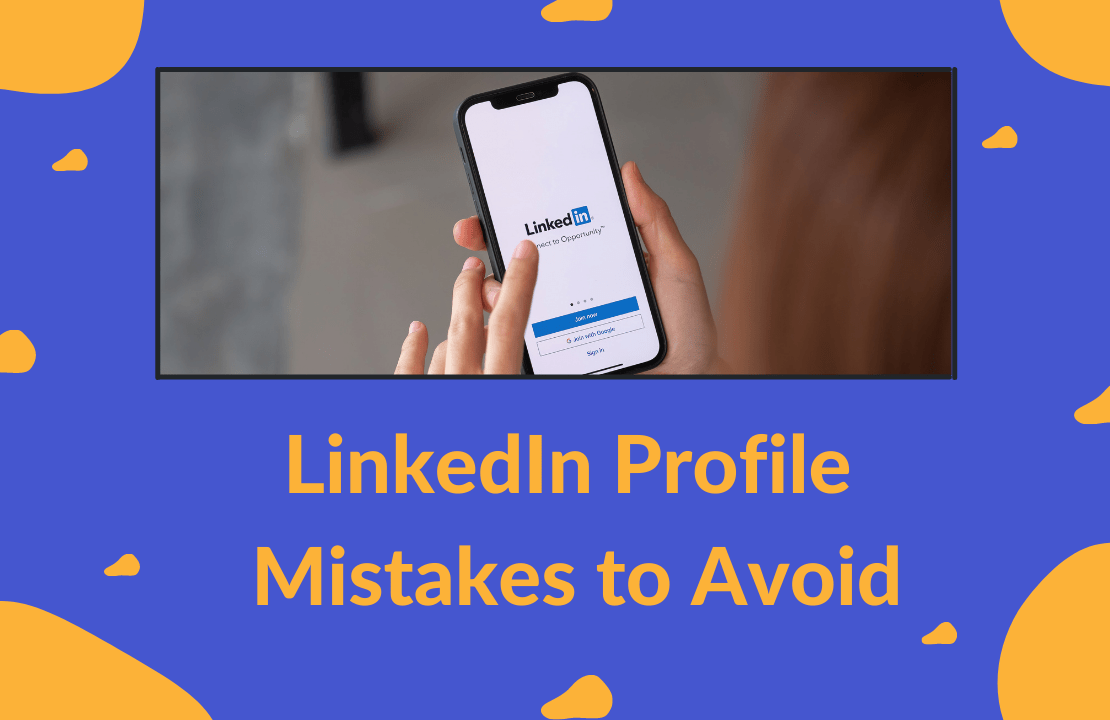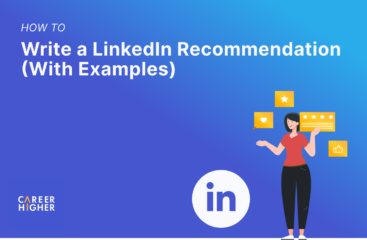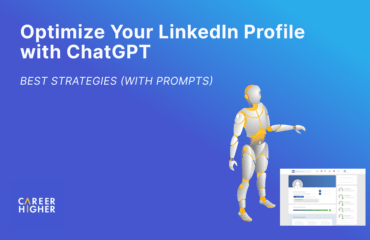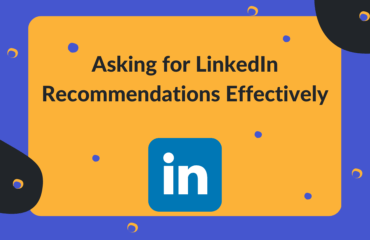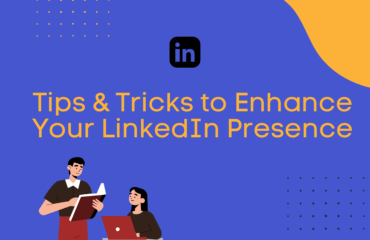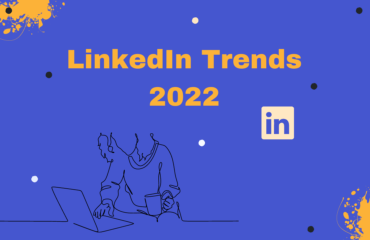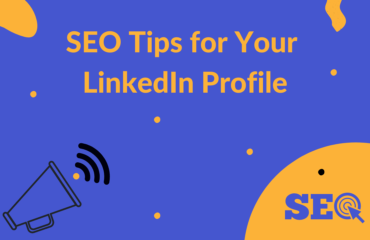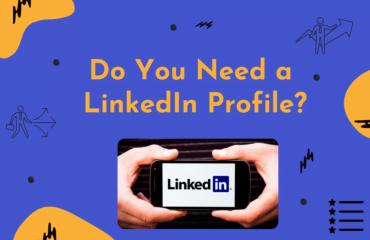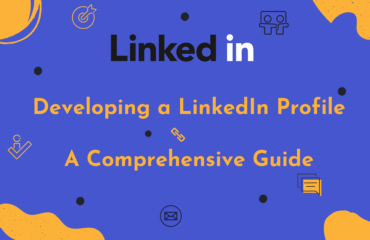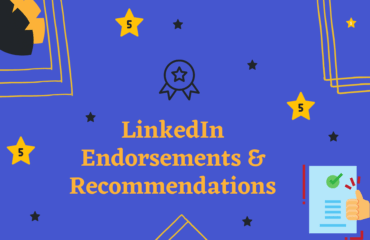Table of Contents
Linkedin has changed the face of recruitment for many companies. It has made hiring more efficient and quick. In fact, new employees sourced through LinkedIn are 40% less likely to leave the company in the first 6 months. Additionally, LinkedIn hires are 2x more likely to be high in demand and above-average hires.
Now let’s think about what a recruiter would look at when hiring for a role on LinkedIn. Of course, your profile! So to increase your chances of being noticed, optimizing your LinkedIn profile is imperative. In this article, we will look at some common LinkedIn profile mistakes that candidates need to avoid.
1) Not adding a profile picture
A study by Social Psychological and Personality Science found that someone’s first impression of you from a photograph is likely to stick, even after you meet in person. This implies that your profile picture is likely to impact your chances of being considered for an opportunity. However, many professionals choose not to use a profile picture on LinkedIn. This diminishes a personal touch and even reflects your inactivity on the platform. It negatively impacts your credibility, motivating a recruiter to press pause on your profile.
In some other cases, professionals end up uploading a lousy, unprofessional picture. Adding a low-resolution, unclear or casual profile picture on LinkedIn can create a poor first impression on recruiters. Thus, it is important to add a professional, clear, and recent image. Make sure you are dressed properly and your picture is not cropped from a group photograph. Also, don’t forget to smile! 🙂
2) Not adding a cover image
Another underestimated aspect of a LinkedIn profile is your cover image. Your cover image is a good spot to highlight the value you can add to your target employers. It reflects your personal brand, expertise, and skills. Hence, by not adding a banner to your LinkedIn profile, you may be losing out on creating a good impression on your profile visitors. For example, if you are a digital marketer, you can choose a banner that illustrates:
- Your core products or services
- Stats from your previous roles where your digital marketing efforts helped the companies reach their goals
- A tagline that advertises your specialty, for example- “Let me help your content reach your target audience”
- If you are a freelancer or an entrepreneur, you can also mention the number of clients you have helped and quote one or two positive reviews
3) Underutilizing your headline
A common mistake to avoid while creating a highly engaging LinkedIn profile is to underutilize the headline section. The 220-character space allows you to exhibit your expertise creatively, reflecting your capability. Most professionals simply use the auto-generated headline which is common for all 700+ million LinkedIn users. What can help you stand out from the crowd is a unique headline that grabs a reader’s attention.
So, if you are a business analyst at XYZ company, don’t choose the LinkedIn suggested headline that says, “Business Analyst at XYZ”. Instead, go for something more creative like the example below.
“I help organizations enhance business processes through a combination of data, analytics, and strategy to increase productivity and performance of employees|Business Analyst| MBA (Strategy).”
The above example demonstrates your confidence and ability to make a difference in business processes and organizations. If you are a recruiter, which headline would captivate your interest better? The second would be the obvious answer. While the first isn’t incorrect, it doesn’t help you stand out from the competition.
4) Adding an ineffective summary
The next part of your LinkedIn profile is the summary section. This should convey your strengths and capabilities. What professionals usually do is summarize everything they have done and add it here. While this may sound okay, think about how interested a reader would be in reading 15 long lines with no structure and direction. They will most likely go through the first two lines and then skip the rest.
To make this section impactful, highlight your character and personality through storytelling. Your focus should be on skills, accomplishments, and experience relevant to your career goals. Additionally, this is also a good spot to showcase your personal brand in alignment with your target employers’ products, services, or values. Some suggestions for this section are:
- Talk about your experience at a high level
- Briefly highlight your USPs
- Describe your vision, purpose, and values as a professional. Add your top 9 key skills
- List all the industries you have worked in
5) Writing a disengaged experience section
In some cases, professionals create engaging headlines and summaries but end up writing a boring experience section. This may impact their chances of being contacted by a recruiter. When writing your Linkedin experience section, focus on details at a high level. Keep your tone of voice and language professional and conversational.
Storytelling can be a good tool to describe your experience section. This can be done by highlighting your roles and responsibilities in a structured and creative manner. Furthermore, don’t forget to add your achievements to demonstrate the value you were able to add to your previous employers. We suggest including non-confidential stats and figures to make it results-oriented.
6) Giving little importance to the skills section
According to LinkedIn, members with 5 or more skills listed are contacted up to 33x more by recruiters and other LinkedIn members. Additionally, it receives up to 17x more profile views. LinkedIn SEO works the same way as SEO works for a website. Efficient placement of keywords increases the chances of your profile being discovered. Yet, there are many professionals who choose to leave the skills section empty.
As LinkedIn experts, we strongly recommend adding up to 50 key skills in the skills and endorsements section. These can be a combination of technical and soft skills. If you are struggling to maximize the allowable number of skills, we suggest checking out the following resources. These have a list of skills that can be added irrespective of your domain, industry, or experience level.
- Careerhigher’s article on soft skills
- Careerhigher soft skills guide for LinkedIn
- National Careers UK’s guide to skills
Once you have added all the skills, you may ask your colleagues and friends to endorse those skills for you. We also suggest asking for recommendations from some of your contacts to complement these skills. This establishes credibility and allows recruiters to know your real worth.
Your LinkedIn profile is a key component of your job search. Many professionals focus solely on their resumes and cover letters. While they are crucial, it is also important to maintain a high-quality LinkedIn profile. It does not only help you get discovered by potential employers but it also supports your professional networking strategy.
